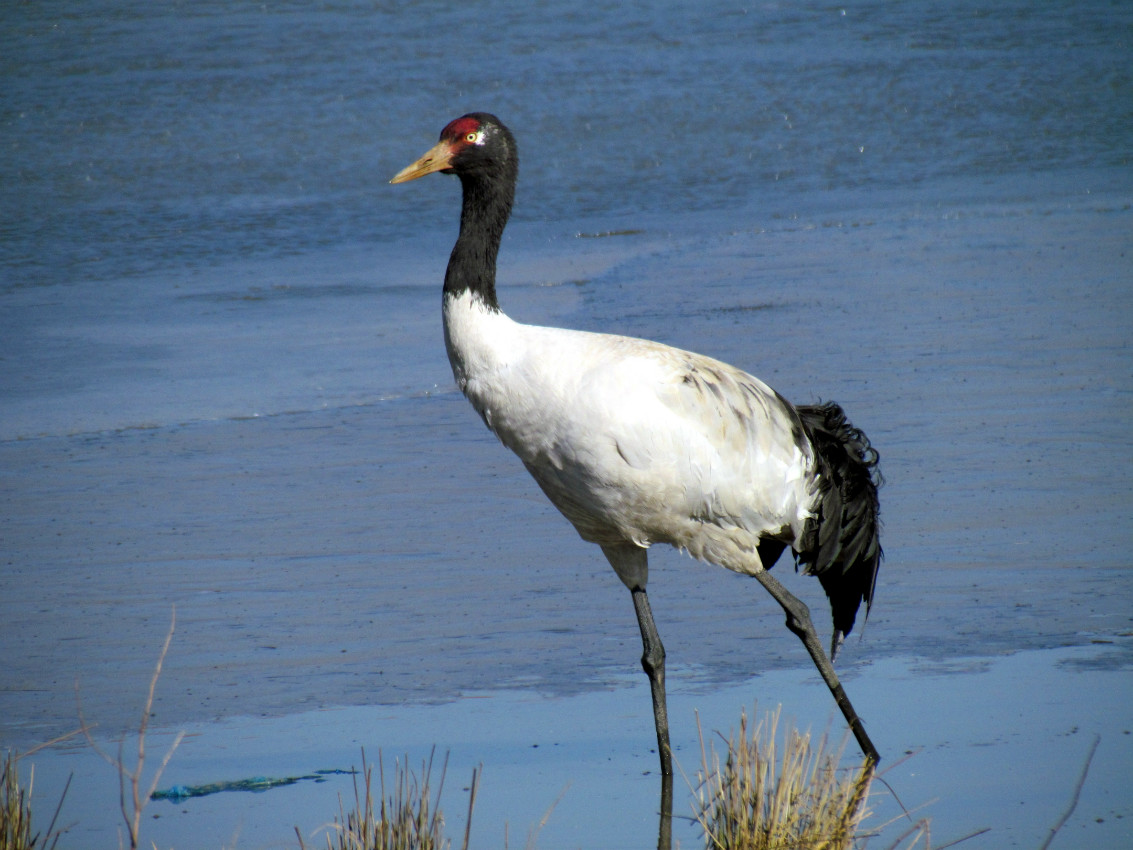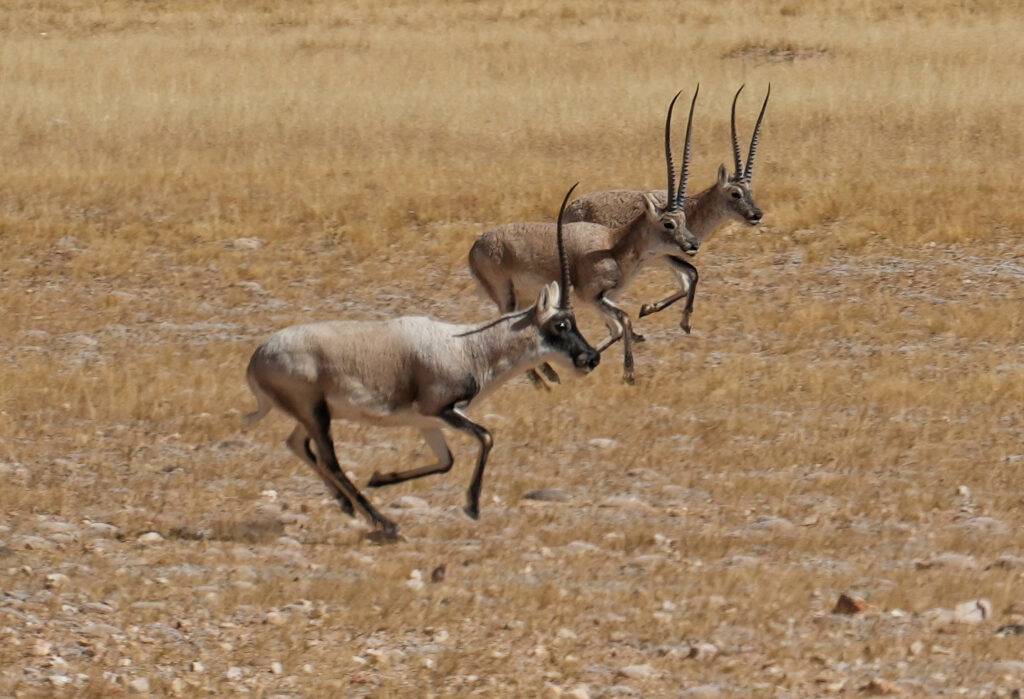Wildlife Encounters in Ali, Tibet: A Living Safari on the Plateau
Here in the vast open plains, you can spot an incredible variety of wildlife — Tibetan wild asses, Tibetan gazelles, chiru (Tibetan antelopes), blue sheep, hares, marmots, pikas, and even lone wolves. One traveler remarked: “Visiting Ali in Tibet feels like stepping into a massive, open-air wildlife park. Along the highways, animals appear when you least expect them.”
The photos taken in just the past two days show some of the wildlife sightings — and locals say you might even spot snow leopards or Himalayan brown bears.
While driving the Ali Grand Circle Route, you may unexpectedly cross paths with a group of Tibetan antelopes. Look out your window — you might see herds of wild asses joyfully running, totally free and untamed. When you encounter them, take a moment to pause, observe, and share this boundless land in harmony with them.




